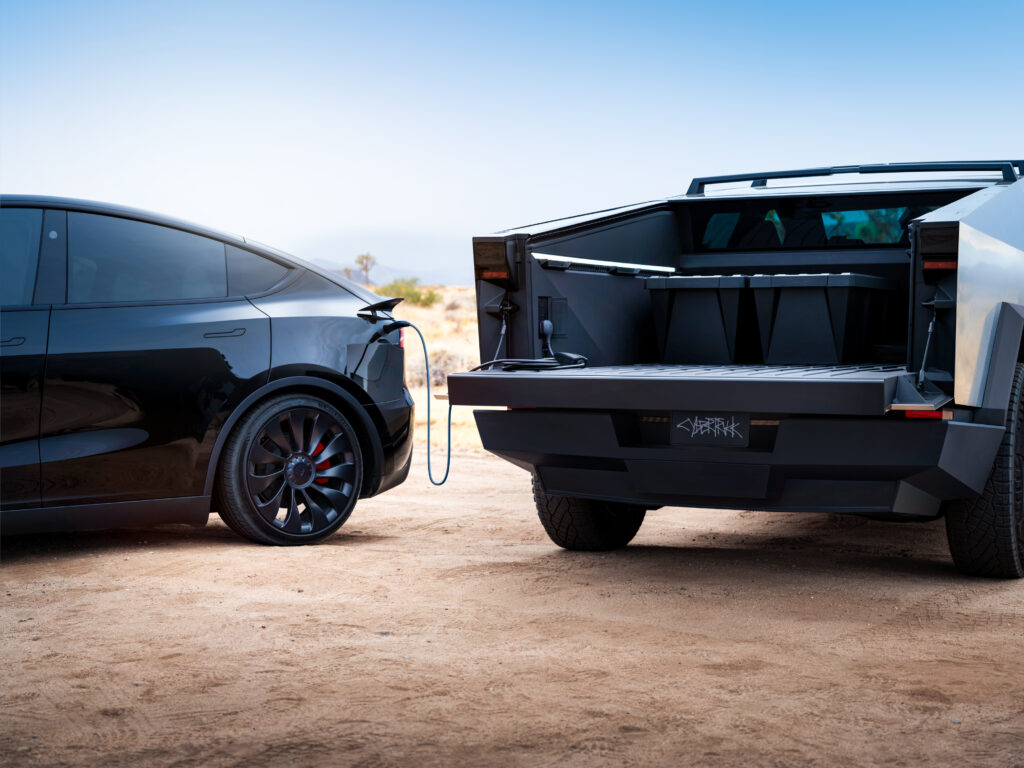Electric Vehicles Are a Key Climate Change Tool
The U.S. and other nations have committed to mitigating their environmental impact by reducing greenhouse gas emissions (GHGs). Eliminating emissions problems means finding renewable energy solutions with a minimal carbon footprint.
Are electric vehicles (EVs) the answer to the automobile industry’s role? How will the federal government use EVs to reach its target?

What Is the Federal Net-Zero Emissions Target?
In 2016, nearly 200 countries ratified the Paris Agreement, an international treaty to reduce emissions and slow global warming. These climate accords call for a 43% decline in emissions by 2030 and net-zero emissions by 2050. While it may seem a long time away, the world needs these three decades to improve its renewable energy technology to serve 8 billion plus people.
The U.S. is among the countries targeting 2050, but some countries are pushing their net-zero goals up. For example, Poland, Belarus and Serbia have committed to 2030 net-zero emissions to increase sustainability.
While the U.S. may need longer, it has begun implementing policies for achieving net-zero emissions. For example, in late 2021, the Biden Administration issued an executive order mandating most federal government cars to be zero-emission vehicles (ZEVs) by 2035.
In addition to automobiles, the White House seeks to decarbonize energy, end deforestation, improve carbon management and address potent pollutants.
How Do Automobiles Contribute to GHG Emissions?

Achieving net-zero emissions means assisting the industries most responsible for environmental impact. The automotive sector would be an excellent place to start, considering it contributes a fifth of GHG emissions in the U.S.
Most of the world’s vehicles run on gasoline, requiring fossil fuels. Research shows that gasoline-powered cars and trucks accounted for over 80% of vehicle sales in the U.S. in 2022. Automobiles emit carbon dioxide (CO2), oxides of nitrous oxide (NOX), methane (CH4) and other harmful gases, so the world needs to phase out gas-powered cars to improve environmental health.
How Will EVs Help America Reach Its Emissions Target?
Automakers worldwide have pledged to reduce or eliminate vehicle emissions by 2050. For these three reasons, EVs will help the federal government achieve its zero-emission goal by the century’s midpoint.
Producing No Emissions
EVs are critical for achieving net-zero emissions because you get zero tailpipe emissions from these machines. The car runs on a battery-powered motor and requires no gasoline, oil or any fossil fuels for operation.
Each year, automakers unveil new types of EVs to expand their reach in light-duty vehicles. For example, Chevrolet will produce its first electric truck with the 2024 Silverado EV—an electric version of the #2 best-selling vehicle in the U.S. and a direct competitor of the Rivian R1T, Ford F-150 Lightning and Tesla Cybertruck.
Using Renewable Energy
While EVs are better for the environment than gas-powered vehicles, there could be improvements to how they get energy. For example, solar and wind energy at EV charging stations would be an excellent start. This transition ensures EVs get clean energy and minimizes their already-low carbon emission footprint.

Increasing Market Share
Currently, there are far fewer EVs than gas-powered automobiles on the road. However, the tide is turning toward battery-electric cars. A January 2024 Cox Automotive report shows EV sales hit a record of 1.2 million units for the first time in a quarter, demonstrating a continued rise in EV popularity. As Americans adopt more EVs, the emissions will drop.
Using EVs to Achieve Net-Zero Emissions
Cars have become integral for most Americans as they commute and travel. The high car demand has emphasized the need to adopt EVs and clean up auto industry emissions. Increasing the EV market share will be critical in the next 25 years as the U.S. aims to achieve net-zero emissions.

1 thought on “What Part Do EVs Play in the Federal Net-Zero Emissions Target?”